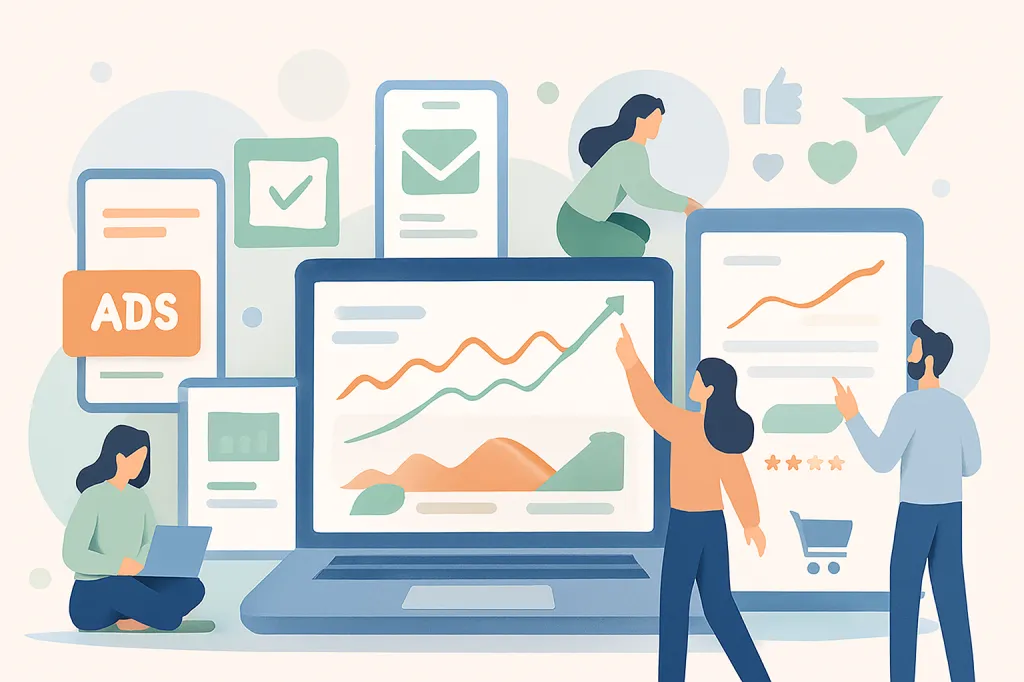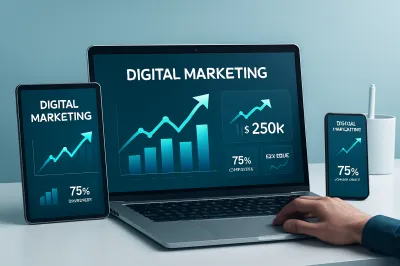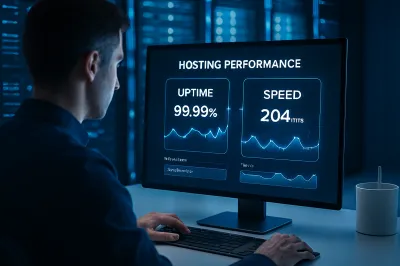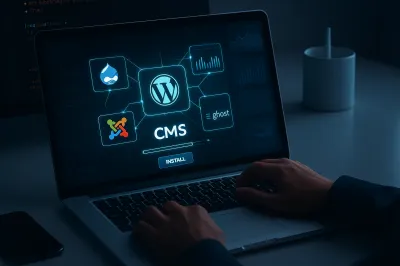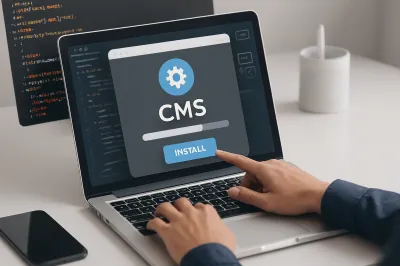10 Proven Online Marketing Strategies to Boost Your E-Business in 2025
The digital business landscape is more competitive than ever. To stand out and drive sustainable growth, e-businesses must implement smart, data-driven online marketing strategies.
Marketing today is no longer just about promoting products. It’s about building relationships, providing value, and delivering the right message to the right audience at the right time. This article highlights 10 proven online marketing strategies that can help e-businesses boost traffic, conversions, and overall revenue in 2025.
1. Search Engine Optimization (SEO)
SEO remains the backbone of online visibility. Ranking high on Google search results drives free, high-quality traffic to your website.
- Conduct keyword research to identify what your target audience is searching for.
- Optimize your website structure, meta titles, descriptions, and on-page content.
- Build quality backlinks from reputable sources to improve domain authority.
- Focus on technical SEO: fast loading speed, mobile responsiveness, and secure HTTPS.
💡 Pro Tip: Regularly audit your site using tools like Google Search Console or Ahrefs to monitor SEO performance.
2. Content Marketing
High-quality content builds trust and positions your brand as an authority. Blog posts, guides, videos, and infographics attract and engage users.
- Write content that solves real problems your audience faces.
- Repurpose content across platforms (social media, newsletters, and video).
- Include clear calls-to-action (CTAs) to guide users toward purchases or subscriptions.
Fact: Content marketing generates 3x more leads than traditional outbound marketing while costing 62% less.
3. Social Media Marketing
Social platforms are essential for brand visibility, customer engagement, and driving traffic.
- Focus on platforms where your target audience is most active (e.g., Instagram, TikTok, LinkedIn).
- Use a mix of organic posts, stories, and paid ads to maximize reach.
- Engage actively: reply to comments, run polls, and leverage user-generated content.
Tip: Create platform-specific content; what works on LinkedIn might not work on Instagram.
4. Email Marketing
Email remains one of the most cost-effective channels for nurturing leads and increasing repeat sales.
- Segment your email list based on behavior, demographics, or purchase history.
- Personalize messages with the recipient’s name, recommendations, or exclusive offers.
- Automate campaigns: welcome emails, cart abandonment, and post-purchase follow-ups.
💡 Pro Tip: Keep subject lines short and enticing to improve open rates.
5. Pay-Per-Click Advertising (PPC)
Paid advertising like Google Ads, Facebook Ads, and Instagram Ads drives immediate traffic.
- Use audience targeting to reach users most likely to convert.
- Continuously test ad creatives, headlines, and CTAs for better ROI.
- Monitor and adjust bids, budget allocation, and keywords based on performance.
Fact: PPC can provide fast visibility and is highly measurable compared to organic marketing.
6. Influencer Marketing
Partnering with influencers can amplify brand reach and credibility.
- Identify micro and macro influencers in your niche with authentic engagement.
- Collaborate on product reviews, tutorials, or sponsored posts.
- Track conversions and referral traffic from influencer campaigns to measure ROI.
Tip: Authenticity matters more than follower count; highly engaged micro-influencers often outperform large accounts.
7. Affiliate Marketing
Affiliate marketing allows third parties to promote your products for a commission.
- Build an affiliate program with clear terms and attractive incentives.
- Provide affiliates with high-quality promotional materials.
- Monitor performance and reward top performers.
💡 Pro Tip: Affiliate marketing can scale quickly without upfront ad costs.
8. Video Marketing
Videos drive engagement, increase conversions, and improve SEO rankings.
- Create product demos, tutorials, testimonials, or behind-the-scenes videos.
- Optimize videos for search engines with keywords in titles, descriptions, and tags.
- Share videos on YouTube, social media, and your website.
Tip: Keep videos concise (1–3 minutes) for social platforms to maximize watch completion.
9. Retargeting Campaigns
Retargeting helps bring back visitors who didn’t convert the first time.
- Use cookies or tracking pixels to show relevant ads to previous website visitors.
- Target abandoned carts, previous purchasers, or high-intent users.
- Combine retargeting with personalized offers for better conversion rates.
Fact: Retargeting can increase conversion rates by up to 70% for interested visitors.
10. Analytics and Continuous Optimization
Data-driven decision-making is essential for growth.
- Use Google Analytics, heatmaps, and conversion tracking to understand user behavior.
- Test different headlines, CTAs, layouts, and campaigns (A/B testing).
- Continuously iterate based on performance insights to improve ROI.
💡 Pro Tip: Set SMART goals for each marketing channel and track metrics regularly.
Conclusion
The success of an e-business in 2025 depends on adopting a holistic online marketing approach. SEO, content, social media, email, PPC, influencer partnerships, video, and analytics all work together to increase traffic, engagement, and revenue.
Start small by selecting 2–3 strategies that align with your audience and goals. Measure, optimize, and scale gradually. By implementing these 10 proven online marketing strategies, your e-business can achieve sustainable growth and long-term success.
